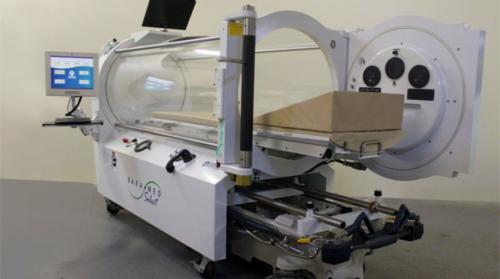
I recently spoke with a diver who said he’s no longer scuba diving due to getting decompression sickness while diving the Oriskany. I asked for his story so it may help others. Here is what he had to say:
It had been about a year since I had dove last. This was Fathers Day weekend 2011 and I had planned 2 days of diving. On Saturday we did a couple of wreck dives on the coast off Orange Beach, Al. 110’ and 89’. no problems. The next day we were to dive the Oriskany, one of my favorite dives and the 5th time I had dove it. When we hit the water it was the worst surface current I have ever encountered. After a long haul on the rope I descended to 15’ to wait on my buddy as I always do. I was breathing hard from the workout on the surface like I had just run a race. My buddy was about ten minutes behind me but finally caught up and the rest of the dive seemed to go fine. We maxed at 112’ and I dove strictly within the limits of my computer, even though my buddy abandoned me on the ascent.
About 10 minutes after I got back on the boat I got pain in my left side, I could see a brown spot in my left eye and I went completely numb from the waist down. Long story short, after meeting 3 coast guard paramedics 3 miles out, the helicopter ride to the hospital and a total of 16 hours in the chamber, I decided I would mark this off my bucket list.
I truly enjoyed diving and miss it dearly. Here are my thoughts and observations:
1. I shouldn’t have made deep dives after nearly a year out of water.
2. With the amount of air I breathed in at 15’ I should have done a much slower ascent.
3. I should have been on Nitrox instead of air.